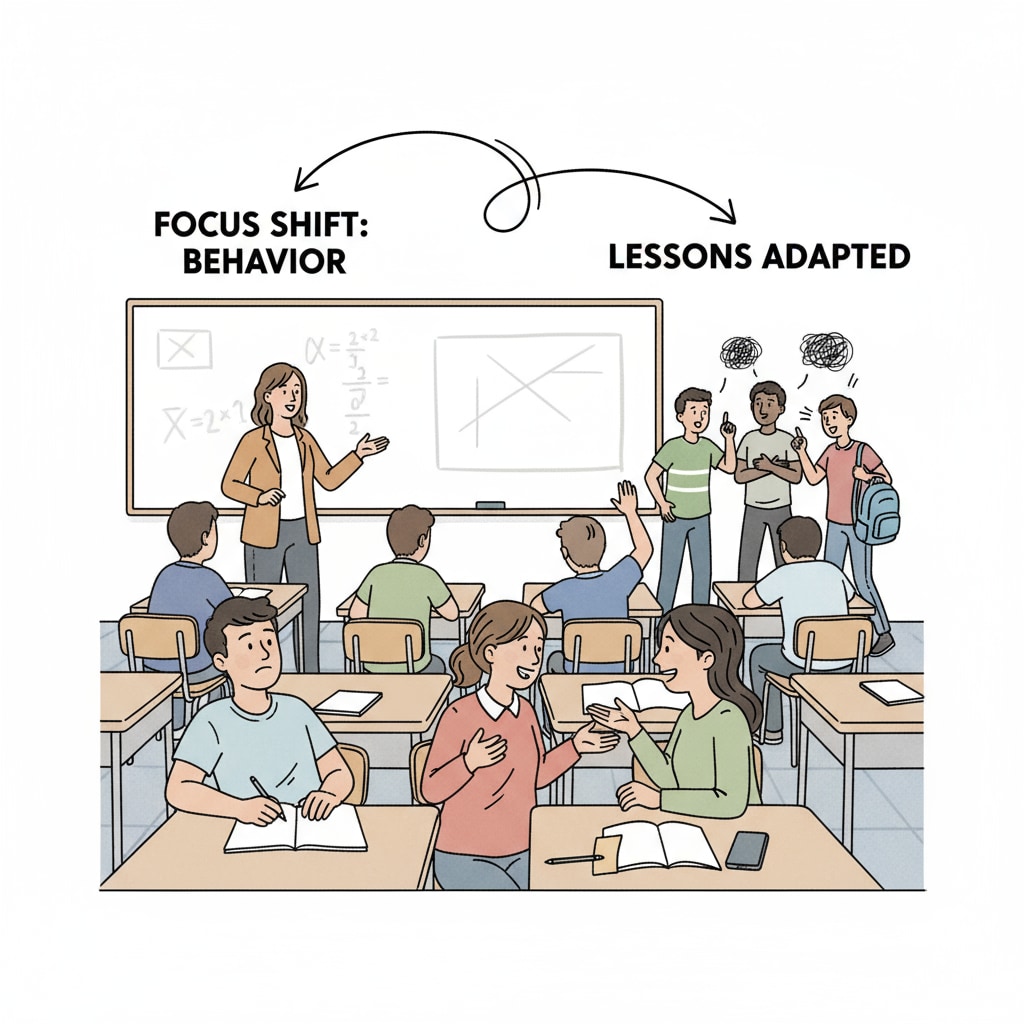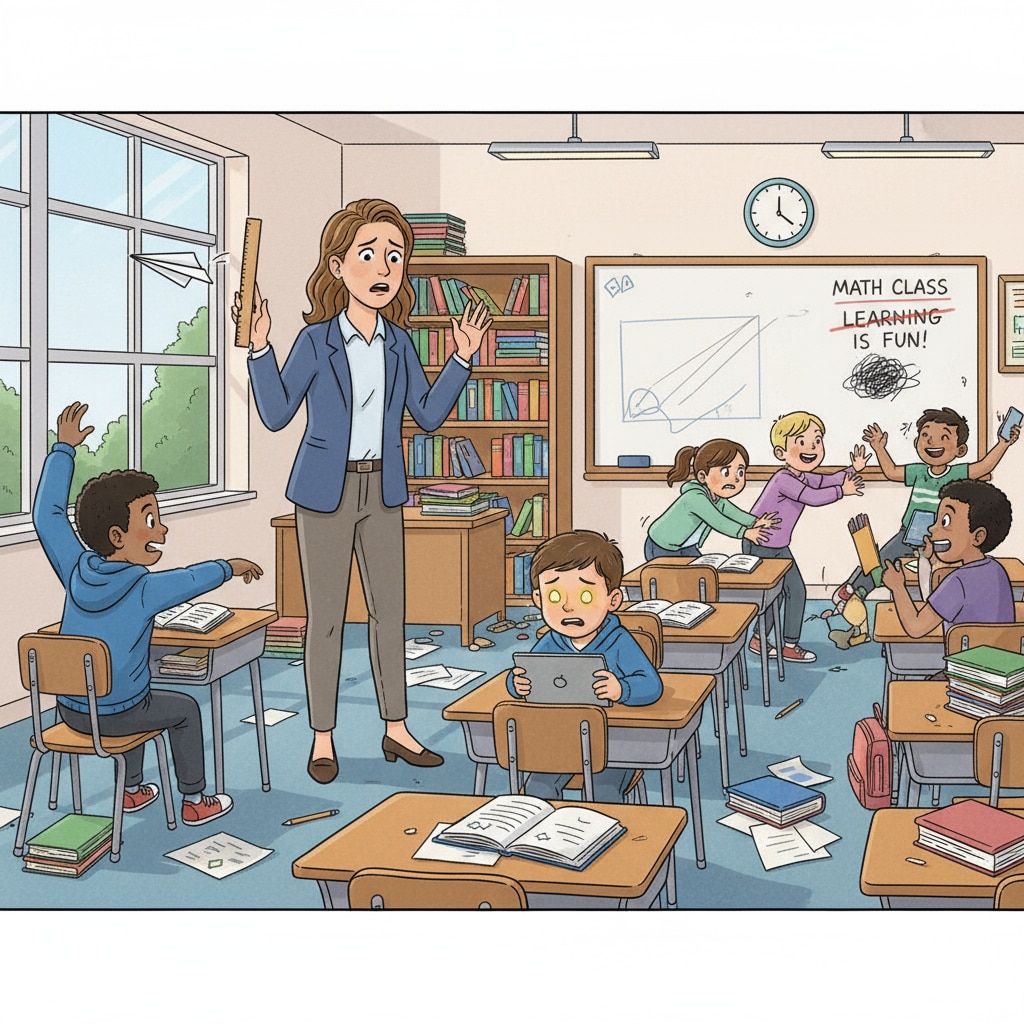In the realm of education, regular classes, special education, student engagement, and educational opportunities are crucial aspects that shape a student’s learning journey. However, a concerning trend has emerged where regular classes and special education classes are increasingly becoming mere placement points for students with behavior problems. This shift is having a significant impact on the educational landscape, particularly on the so-called “in-between” students.

These students, who have the will to learn but lack the necessary capabilities, are finding their educational opportunities slipping away.
The Changing Role of Regular Classes
Regular classes have long been the cornerstone of the education system. They are designed to provide a broad-based education to a diverse group of students. However, in recent times, they have seen an influx of students with behavior problems. As a result, teachers are often forced to divert their attention from the core curriculum to manage these behavioral issues. For example, a teacher in a regular class may have to spend a significant amount of time dealing with disruptions, leaving less time for instruction. This not only affects the overall learning environment but also reduces the educational opportunities for the students who are eager to learn. Student Discipline on NEA

The Burden on Special Education Classes
Special education classes, on the other hand, are intended to provide specialized support to students with disabilities or special needs. But now, they too are being used as a dumping ground for behavior problem students. This misappropriation means that students with genuine special needs are not getting the focused attention they deserve. Special education teachers, who are trained to deal with specific learning challenges, are now grappling with behavioral issues that are outside the scope of their original training. This situation further exacerbates the educational gap for these students. The IDEA Law on Understood
The consequence of this trend is the emergence of a group of “in-between” students who are falling through the cracks. These students are neither severely disabled nor have extreme behavior problems. They simply need additional support to reach their full potential. However, with the current state of affairs, their educational opportunities are being severely limited.
Readability guidance: By highlighting these issues, it becomes evident that there is a pressing need to reevaluate the current system. We must strive to create an educational environment that truly caters to the diverse needs of all students, ensuring that no one is left behind. Whether it’s through better resource allocation, improved teacher training, or more individualized learning plans, steps need to be taken to address this educational opportunity crisis.


